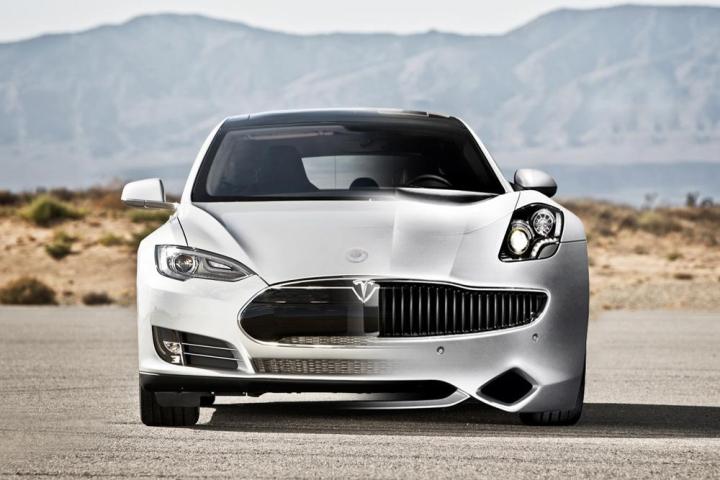
The Department of Energy’s Advanced Technology Vehicle Manufacturing loan program is back from the dead – or at least from a self-imposed hiatus since 2011, Bloomberg reports.
In an email to Bloomberg, DoE spokeswoman Aoife McCarthy said that, “With no sunset date and more than $15 billion in remaining authority, the program plans to conduct an active outreach campaign to educated industry associations and potential applicants about the substantial remaining funds available … “
You might remember the Department of Energy’s Advanced Technology Vehicle Manufacturing loan program as a subject of heated debate from last year’s presidential campaign between Republican nominee Mitt Romney and President Obama.
Despite being created in 2008 by President George W. Bush, the program elicited a great deal of vitriol from Republican Party for assisting what Romney called “losers” and ostensibly wasting taxpayer money.
In truth, though, the program has met with mixed success and a number of loans have been doled out to established automakers like Nissan ($1.6 billion) and Ford ($5.9 billion) both of which are reportedly on track to repay their loans, as well as startup companies such as Tesla Motors ($465 million) and Fisker Automotive ($529 million).
So far, only Tesla manages to stand out as the true Cinderella story. The makers of the all-electric Model S luxury sedan were able to pay back their loan a full nine years ahead of schedule earlier this May. Sadly, rivals Fisker Automotive didn’t fare so well. Fisker was only able to draw $193 million of its awarded $529 million before defaulting on its loan and being stripped of its remaining funds. We all know how that ended.
No doubt the political war being waged over the DOE’s loan program will continue to rage on. But if the DOE can choose wisely, a few more Tesla-like examples just might shift perception of the program into a positive light. That’s easier said than done, of course, as potential loan recipients may have to place themselves under public scrutiny, just as Fisker had to earlier this year when it found itself the subject of an investigation and summoned to testify on Capitol Hill.
How do you feel about the loan program? Worth the money to find the next Tesla or a handout to losers? Comment below.


